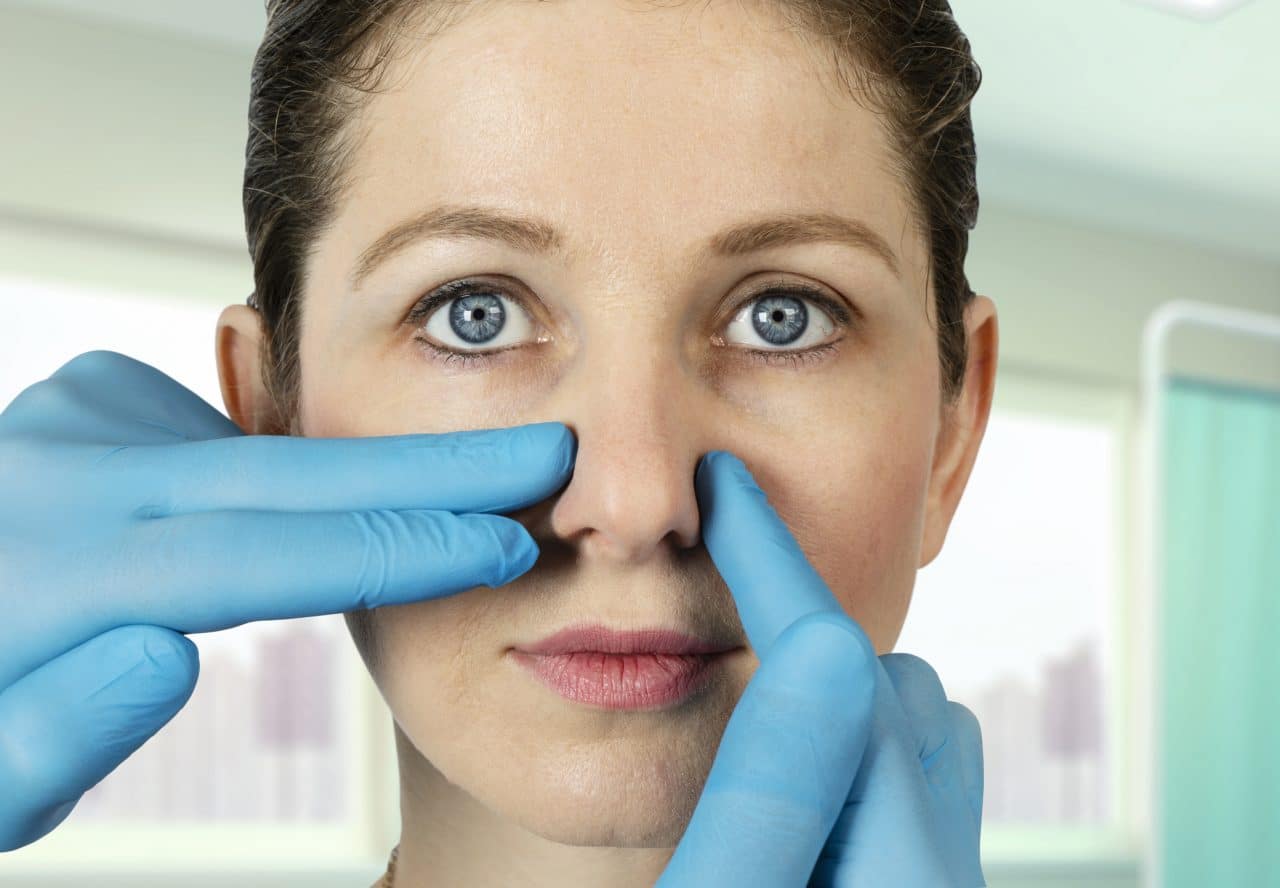Inside your nose are built in air filters known as turbinates. They help to filter, warm and add moisture to the air you breathe in. But if they become swollen, enlarged or displaced, this can lead to nasal blockage. While some can treat their enlarged turbinates with medication or environmental changes, many require a surgical procedure known as a turbinate reduction.
Causes of Enlarged Turbinates

It is common to experience an issue with your turbinates from time to time. This may be caused by:
- Allergies
- Infection
- Changes in weather
- Stress
- Medication
- Changes in hormone levels
But for those with chronic infections, severe allergies or anatomical issues with their nose, their turbinate problems may not be easily reversed on their own.
Turbinate reduction is a surgical procedure designed to open up the nasal passage.
Turbinate Reduction Surgery
A surgical procedure may be used to shrink or even remove your turbinates, depending on your unique needs.
Coblation
This procedure is able to reduce the size of your turbinates with radiofrequency. Anesthetic is applied and a coblation device attached to a radiofrequency generator is placed in the nose. Small electrodes at the end of the device are inserted into the turbinates and radiofrequency is applied two or three times.
Research has shown this method is effective at decreasing nasal symptoms both three months and six months following the procedure.
Surgery
In some cases, parts of the turbinates must be surgically removed. Performed in an operating room under general anesthesia, your doctor will cut into the turbinates and remove some of the bone beneath them. This helps to reduce their size. They may also shave away tissue surrounding the turbinates to further open up your nasal cavity.
A retroactive study over 16 years followed 307 patients to determine how effective this surgery is in the long run. The researchers identified:
- 82 percent satisfaction one month following surgery
- 60 percent satisfaction three months following surgery
- 54 percent satisfaction one year following surgery
Between one and sixteen years following surgery, the success rate fell to 41 percent.
The less invasive the surgical procedure, the faster the recovery process.
To learn more about how to treat chronic nasal problems or to schedule an appointment with your ear, nose and throat expert, contact Willamette Ear, Nose, Throat & Facial Plastic Surgery.
Learn More About ENT Health
“Had a great experience. Got in very quick and felt safe with covid protocol! Everyone was extremely nice.”